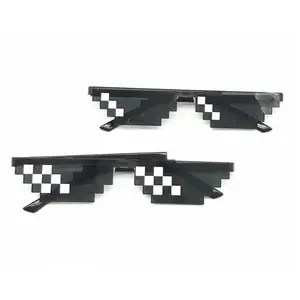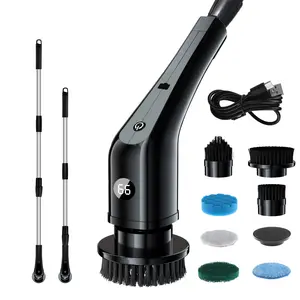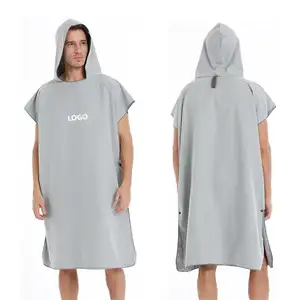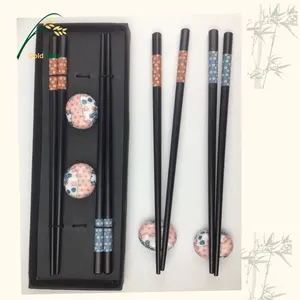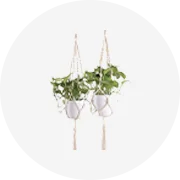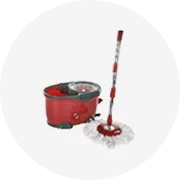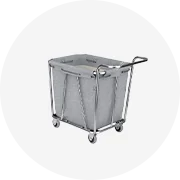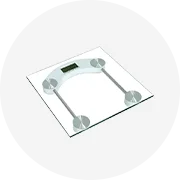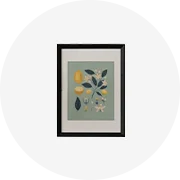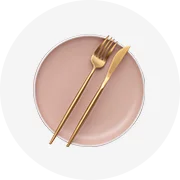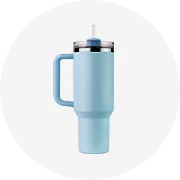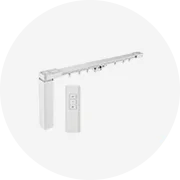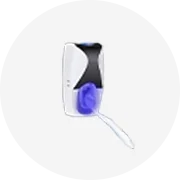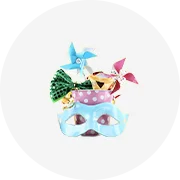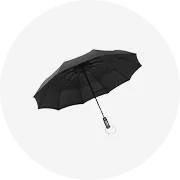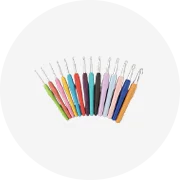Phổ biến trong ngành của bạn

































































Các danh mục hàng đầu
Giới thiệu về vải lưới dày
Tìm nhiều keyword vải lưới dày bán buôn có thể được tùy chỉnh để phù hợp với mọi tình huống. Cây giả trong chậu rất hữu ích ở những nơi mà chúng có thể bị lãng quên. Điều này là do chúng không cần cắt tỉa, tưới nước hoặc bất kỳ biện pháp xử lý nào khác. Những chậu cây giả giá sỉ cũng có thể để được rất lâu. Các không gian làm việc khác, như phòng trưng bày và cửa hàng quà tặng, có thể sử dụng hệ thực vật nhân tạo và khô để trang trí. Bán buôn cây treo trần cũng sẽ hoạt động tốt trong các trường hợp như vậy. Mặt khác, cây giả ngoài trời trông giống như thật và được làm rất giống với cây sống của chúng. Tìm tất cả các keyword cây bán buôn này trực tuyến ngay bây giờ tại Alibaba.com.
vải lưới dày bán buôn có thể thêm vẻ đẹp cho ngôi nhà hoặc văn phòng. Đám cưới, sinh nhật, lễ hội nhà thờ và các dịp khác được nhiều người biết đến là sử dụng hoa trang trí và các keyword cây trồng trong bình khác. Cây bình hoa giá sỉ có nhiều kích thước khác nhau, cả keyword rất lớn có thể sử dụng trong sảnh lớn hoặc không gian ngoài trời và kích thước nhỏ hơn có thể được sử dụng trong phòng ngủ, phòng khách, trường học hoặc văn phòng của bạn. Để có vẻ đẹp tối ưu, hãy chọn bán buôn cây nhựa và chậu cây trang trí.
Các nhà bán buôn trên Alibaba.com cung cấp nhiều keyword vải lưới dày để làm cho cả không gian nội thất và ngoại thất của bạn trông tuyệt đẹp. Các lựa chọn như bán buôn chậu hoa trang trí và cây nhân tạo nhỏ cũng có sẵn với giá hời. Mua sắm ngay bây giờ để nhận được những ưu đãi duy nhất cho những sản phẩm này.

